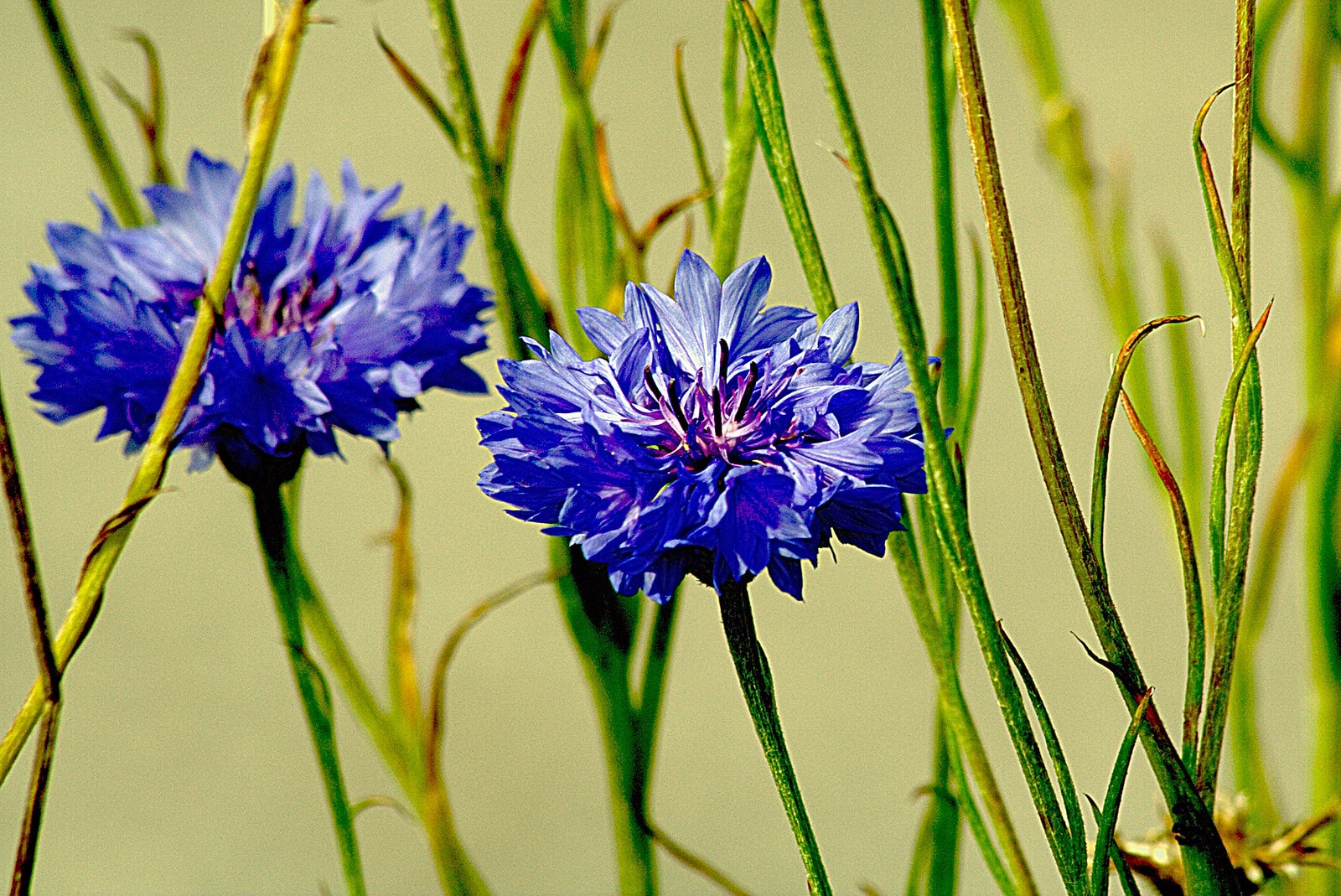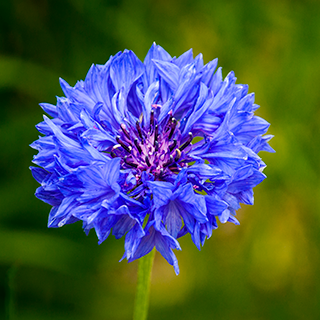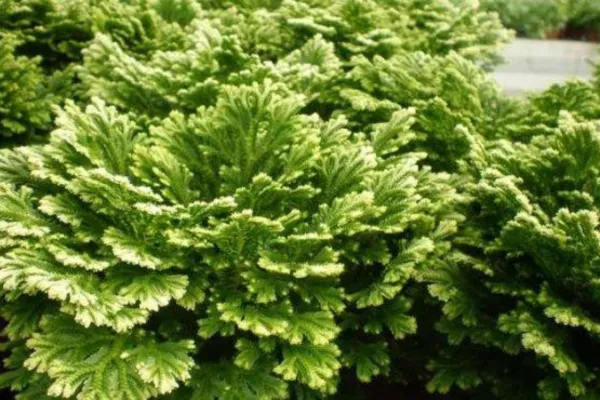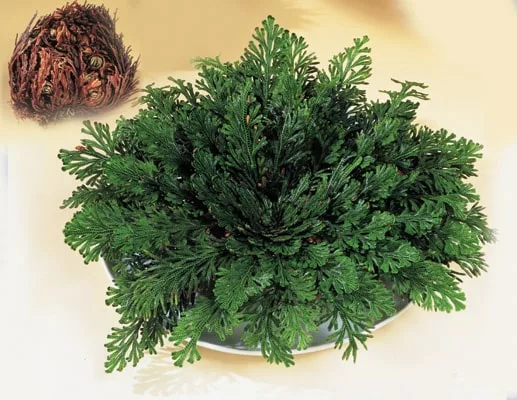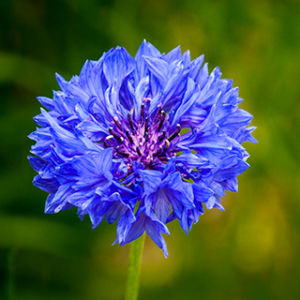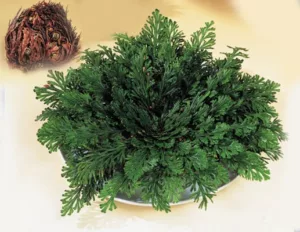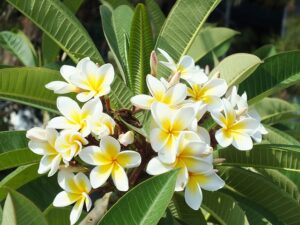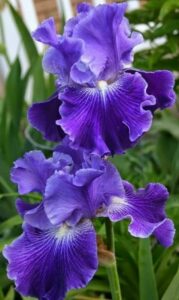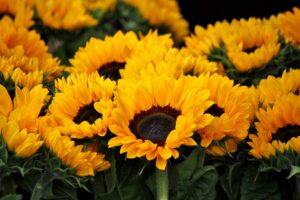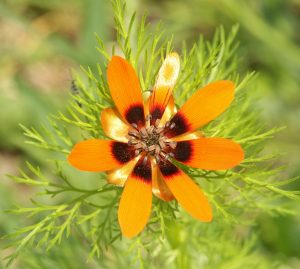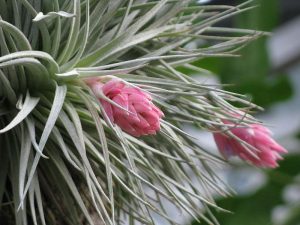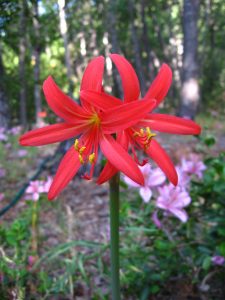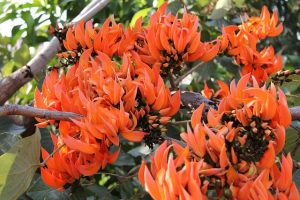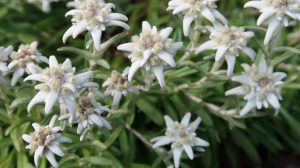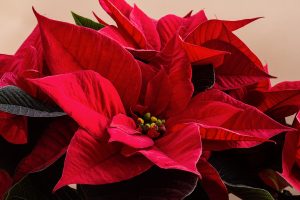The Cornflower: characteristics, care and uses
Cornflower is a plant native to Asia and Europe that grew wild in wheat fields; In this way, their seeds were also distributed throughout the world, unwittingly, by farmers and distributors of wheat and corn.
Currently, botanists have described more than 700 varieties of this plant, which can be found in circumpolar to subtropical areas.
It belongs to the Asteraceae and Composite family. Its scientific name is Centaurea cyanus, and it is also popularly known by various names such as centaurea montana, azulejo, azulete, aldiza, lindita, dark circles, botoncillo, escobilla or baleo cabezudo, among many others.
Mythological origin
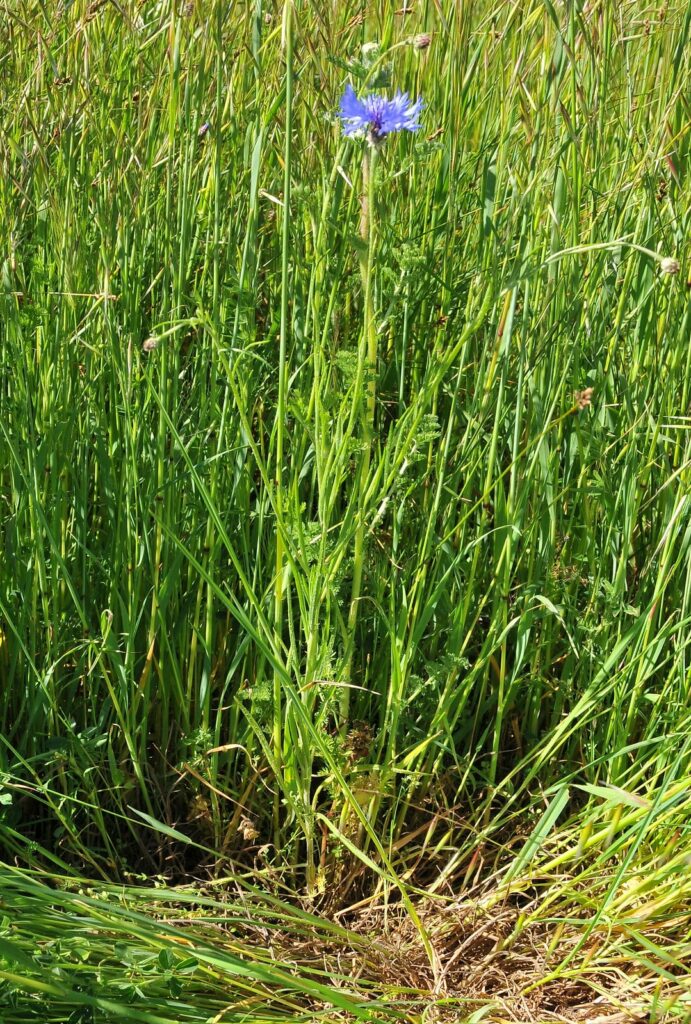
Cornflower is the best known species of the genus Centaurea, whose name is given by the Swedish botanist Carl Linnaeus in honor of the mythical centaur Chiron, who made known to humans the healing properties of plants. The species name cyanuc is derived from the Greek word kyanos – “dark blue”, which indicates the color of the flowers.
Another of the legends of ancient Rome tells about the young and handsome Cyanus, who loved the color blue. He died unexpectedly, he was found among the grain field. The goddess Flora, highly revered by the young man during his life, turned him into a blue cornflower, since then the flower and color began to be called cyanus – blue.
Characteristics
It is an annual herbaceous plant, rarely biennial, with an axial root, which grows to a meter in height. Its stems are flexible and thin and have a large number of lance-shaped leaves that measure 1 to 4 centimeters.
The lower leaves are petioled and have very showy blue, white, purple or pink flowers that can be seen at the time of flowering, from May to September. Its petals have a diameter of 1.5 to 3 cm.
Cornflower blossoms are collected in late summer and early fall.
Propagation is by seed. You must plant it in an open and well-lit place, you can combine it with any cereal crop. Plants should be 20 to 50 cm apart. Irrigation must be frequent and the land must be well fertilized.
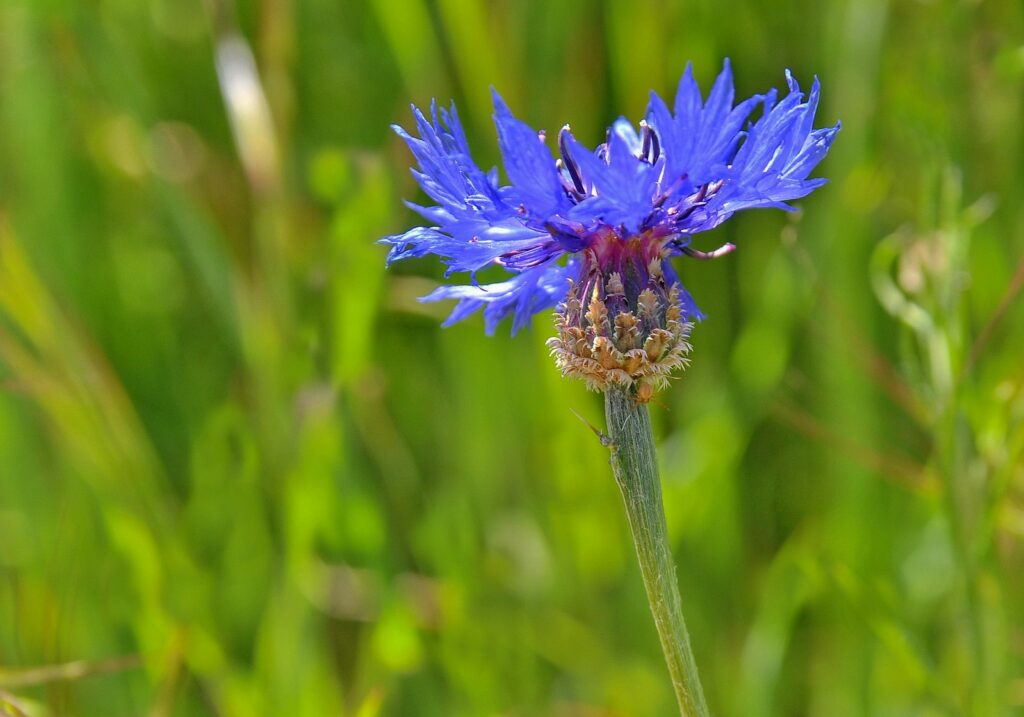
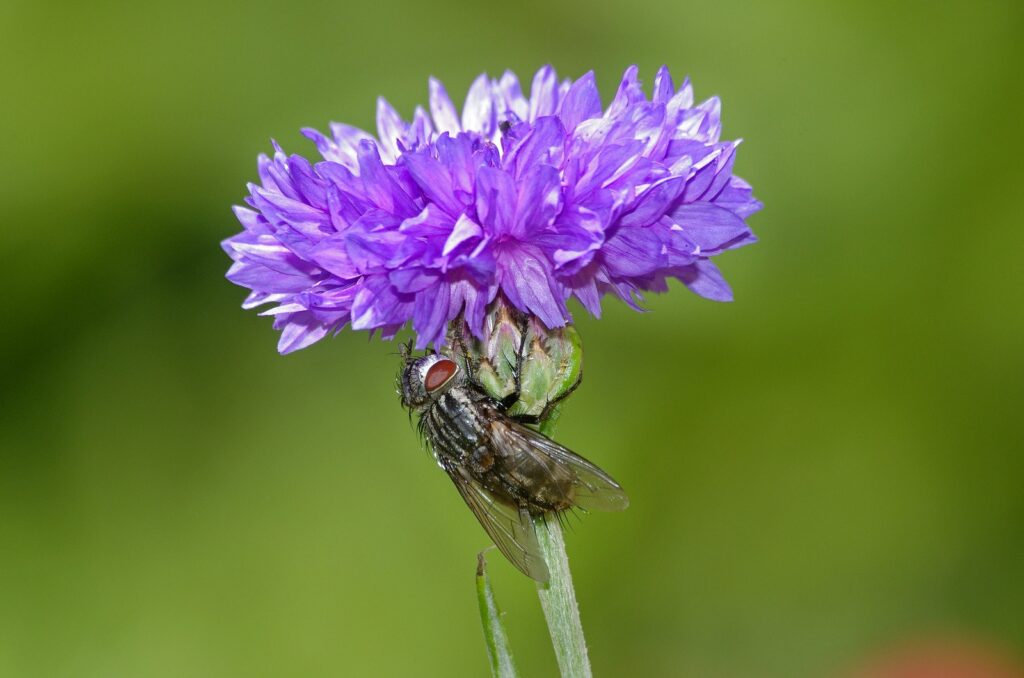
Cornflower is not very susceptible to disease, but is sometimes affected by rust, powdery mildew, leaf spot, mites, aphids, and nematodes.
As a curious fact I tell you that this was the favorite flower of John F. Kennedy and was also used by his son, John F. Kennedy Jr. at his wedding in honor of his late father.
Applications
Cornflower has various medicinal properties, which have anti-inflammatory, aperitif, diuretic, antibiotic, antipyretic action.
For this reason it is used to improve slow and heavy digestion, improve conjunctivitis, stimulate blood circulation, improve vision and help in cases of hemorrhoids. It is also used to lower fever.
The English herbalist Culpeper wrote that powdered cornflower or dried leaves served to heal scratches caused by a fall and broken veins, while the seeds and leaves soaked in wine could combat leprosy and other infectious diseases or fevers.

Currently it is used more in medicine for the preparation of infusions, syrups and medicines.
To prepare the infusion, you need a teaspoon of the flowers of this plant for every cup of water to drink. Then you pour the cornflower into the cup and add the very hot water. Then cover and let it rest for 4 to 5 minutes. Then strain and drink slowly when it has cooled down. You can take 2 to 3 cups a day half an hour before the main meals preferably.
It is also used in the world of cosmetics to make make-up remover lotions, skin care products and mild shampoos.
Contraindications
It should not be used during pregnancy or lactation, or to treat diseases of the female reproductive organ.
Cornflower as National Flower
Cornflower is the national flower of Estonia and was the one of Germany until 2017.
Estonian national flower
The campaign to choose a national flower was organized in Estonia by the Estonian Nature Protection Society. The contest was televised and ran from 1967 to 1968. Ornamental cornflower blue was the favorite. For its selection, several considerations were taken into account, among them: the general popularity, its decorative aspect, the easy applicability as an artistic motif and its national origin. For the Estonians it symbolizes daily bread.
National flower of Germany
In Germany the history for his selection was different, since it has a historical context. One of the fundamental reasons is that: when Queen Louise of Prussia fled to Berlin persecuted by Napoleon’s forces, she hid her children in a field of cornflowers and kept them quiet by weaving wreaths for them from flowers. Since then they began to identify the flower as Prussia. Another reason was that the flower was the same color as the Prussian military uniform. After the unification of Germany in 1871, it went on to become a symbol of the country, until after the 2017 general elections it was replaced with the Edelweiss.
As you can see, flowers not only have decorative use, we can also use them to stay healthy. If you learned something today and liked the article, share it with your friends and leave us your comments here.

For this article we use photos taken from:
Photo Credit: M. Martin Vicente via Wunderstock (license)
Photo Credit: chemazgz via Wunderstock (license)
Photo Credit: sybarite48 via Wunderstock (license)
Share this content:
